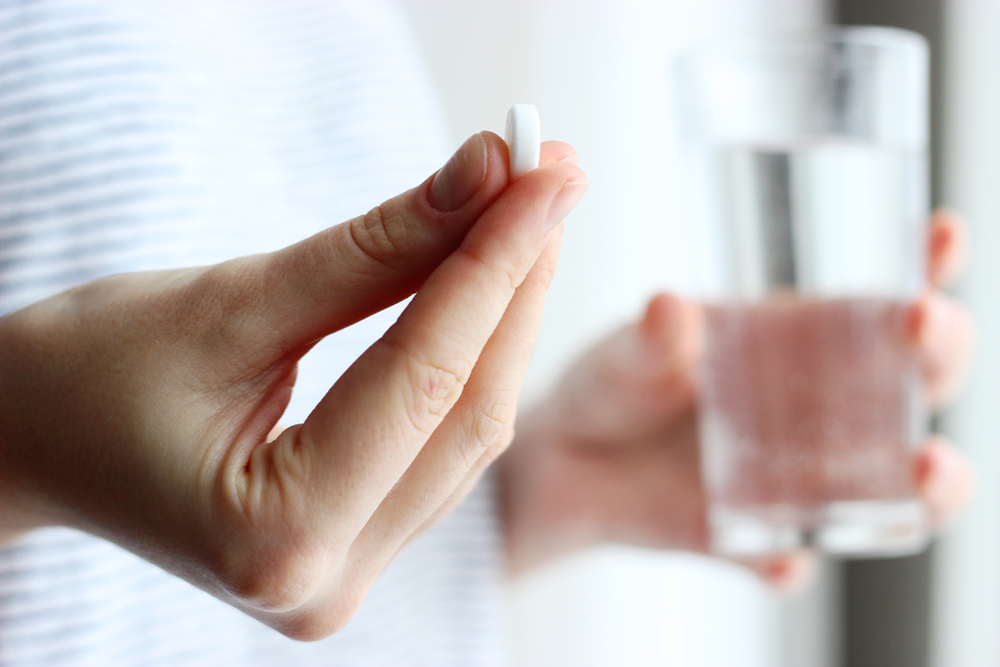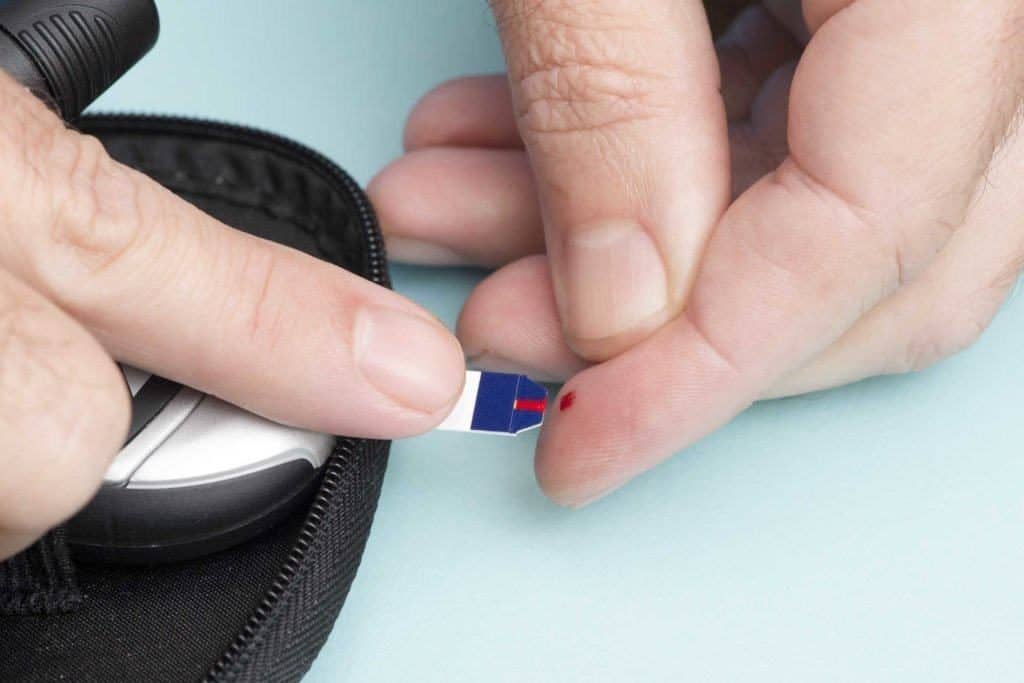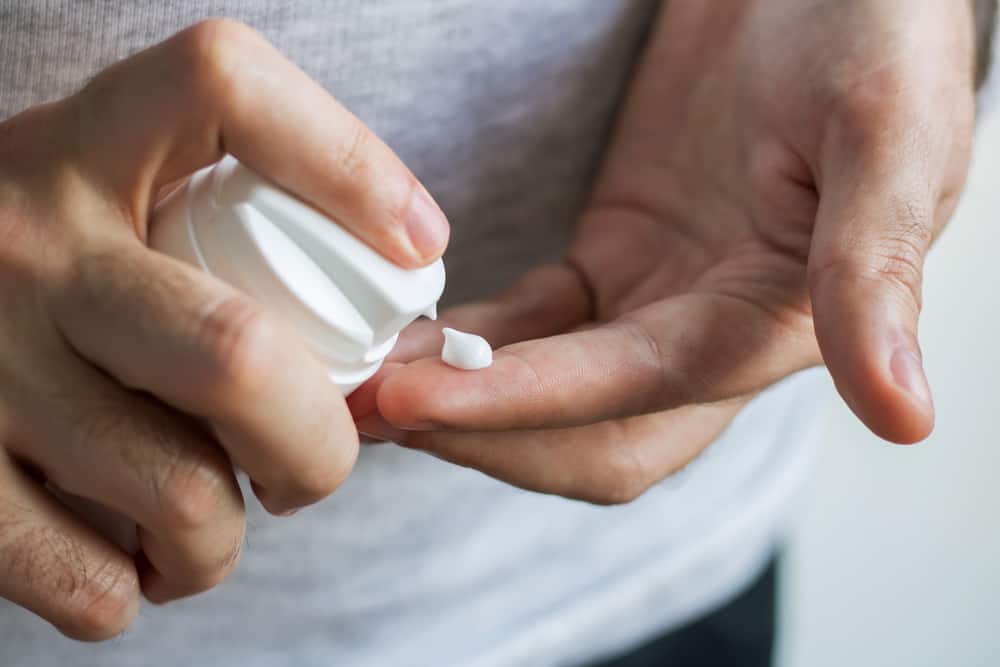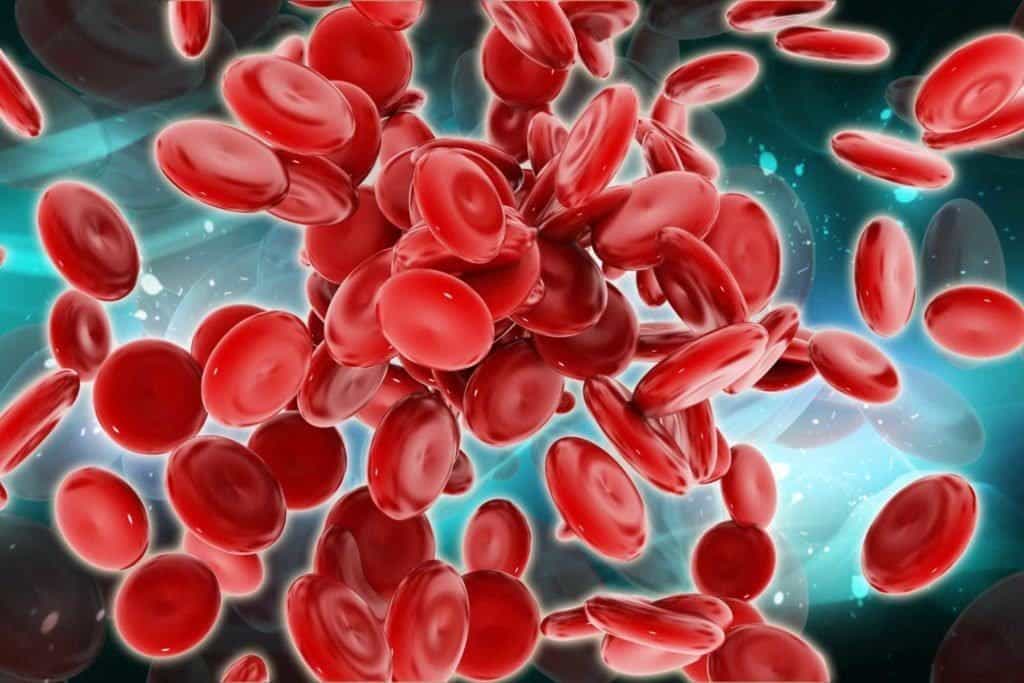Contents:
- Medical Video: Pharmacology - Diabetes Medication
- The first and second generation, is there a difference?
- Sulfonylurea can cause hypoglycemia side effects
- Which second generation sulfonylurea drug is the best?
- Gliburid or glibenclamide
- Glipizid
- Glicuidon
- Glikazid
Medical Video: Pharmacology - Diabetes Medication
Sulfonylurea is one of the most widely used classes of medicine for the treatment of type 2 diabetes mellitus (DM) patients. The drug class means the name of a group of drugs that work the same way, have similar chemical structures, and are often used to treat similar diseases. Sulfonilurea is an old but effective drug, generally safe, and at a friendly price.
The first and second generation, is there a difference?
The history of sulfonylureas began in 1937 with the observation of hypoglycemic activity (decreased blood glucose) from sulfur or synthetic sulfur compounds. Five years later, Marcel Janbon and his team found that when typhoid fever patients were given an antimicrobial sulfa, the patients experienced a decrease in blood glucose. Finally further research proves that the derivative compounds are able to stimulate the release of the hormone insulin from beta cells of the pancreas.
Tolbutamide is a sulfonilurea member drug that first appeared, marketed in the 1950s in Germany, followed by other members namely chlorpropamide, acetohexamide, and tolazamide. These drugs are referred to as first generation sulfonilurea.
As science advances, emerges second generation sulfonylureas namely glipizid and gliburid (or in Indonesia better known as glibenklamid) in 1984. The next member of the sulfonilurea, glimepirid, which is sometimes referred to as a third generation agent, was launched in 1995.
There are two important things that distinguish the first and second generation, namely the strength and risk of side effects. For example, for chloropropamide (first generation) requires a daily dose of 250-500 mg to give effect, for glibenclamide (second generation) only requires a dose of 2.5-10 mg to produce the same effect, so that the second generation is more potent (stronger )
In addition, this class of diabetes medication in the first generation also has more side effects. Reported side effects include hyponatremia (lack of sodium / salt), symptoms such as flushing and difficulty breathing, and can affect the workings of the heart. That's why the first generation is now being abandoned by doctors and is rarely used.
Sulfonylurea can cause hypoglycemia side effects
Hypoglycemia is a condition in which blood sugar levels drop below normal. Symptoms experienced in this condition are dizziness, cold sweat, anxiety, confusion, difficulty speaking, even unconsciousness.
The effect of hypoglycemia because this sulfonylurea is more common in patients who:
- Skipping meals or after strenuous exercise
- Take medication with high doses
- Using long-acting sulfonylureas such as glibenclamide and chlorpropamide
- Using drugs together with salicylate, sulfonamide, gemfibrozil, and warfarin
- Take medication with alcohol
- Just left after hospitalization at the hospital
The effects of hypoglycemia are also more likely to occur in patients with advanced age, malnutrition or weakness, severe renal and hepatic impairment, and adrenal and / or pituitary deficiencies. The effect of hypoglycemia due to sulfonylurea can also occur in healthy people who accidentally take this medicine. So, this diabetes drug must be kept out of reach of children.
Which second generation sulfonylurea drug is the best?
In general, these drugs do not differ in efficacy. However, what distinguishes is the fate of drugs in the body such as how quickly the drug gives effect, how long it works, and through which organs the drug is released.Based on this difference, doctors consider which drugs will be prescribed with the patient's condition which is certainly different. However, the following explanation of drugs that need more attention.
Gliburid or glibenclamide
Glibenclamide has a strong hypoglycemic effect so you need to do a strict eating schedule. This means that you should never leave breakfast, lunch or dinner. Because the metabolites of glibenclamide also have the ability to reduce blood sugar. Based on Beers Criteria (AGS, 2015), this drug is avoided for use by the elderly because of the potential for severe hypoglycemia.
Glipizid
Glipizid is included in drugs with a short half-life, and hypoglycemic events are lower than glibenclamide.
Glicuidon
This drug has a moderate hypoglycemic effect and rarely causes hypoglycemic attacks. This drug is almost entirely excreted through bile and intestines, so it may be given to patients who have impaired liver and kidney function.
Glikazid
According to the Canadian Diabetes Association, the incidence of hypoglycemia is the least with gliclazide compared to other sulfonilurea diabetes drugs (eg glimepirid, glibenclamide).
Glimepirid
Glimepirid is a newer and preferred agent for diabetic patients who also have heart disease or non-dialysis kidney failure.













